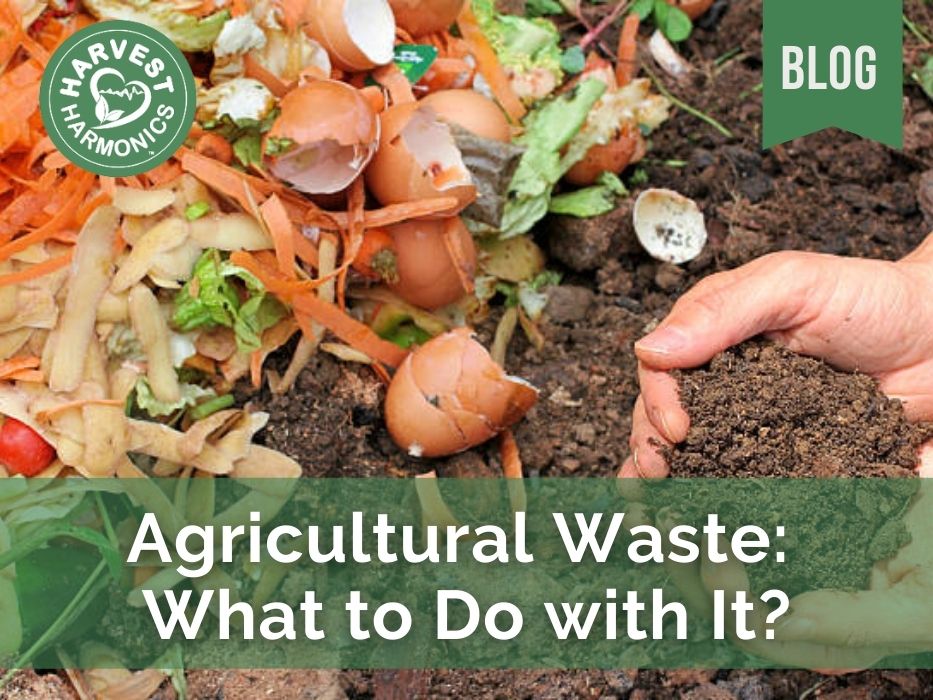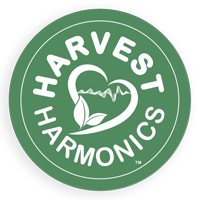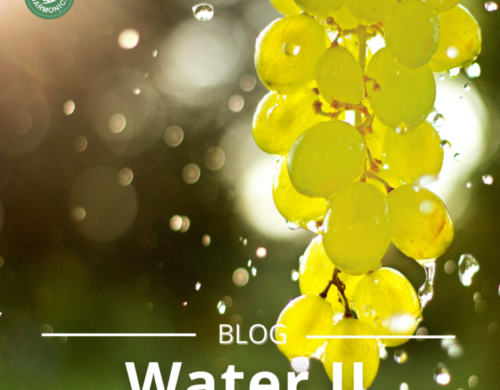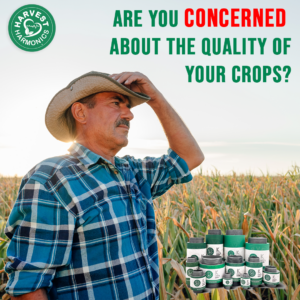Agricultural Waste: What to Do with It?

Agricultural residuals
The agricultural sector is increasingly technical and industrialized, and that generates a large amount of agricultural waste. Whether it is protection materials, plastic sheets for greenhouses, plastics to cover grass, cans of phytosanitary products, oils and motor elements, water and fertilizers, etc; all of them end up being agricultural waste.
In this post, we are going to talk about what agricultural waste is, what types are there, what problems they entail if they are not managed correctly, and what alternatives and solutions there are to be able to do it properly.
What are agricultural residues?
They are all those products generated as a consequence of the food production process in agricultural and livestock farms, including the transformation units.
The agricultural and livestock sector is very diverse and this means that, compared to other more specific professional sectors, there are a large number of products that end up being waste.
There are several types of agricultural waste depending on its material and subsequent management.
Compostable or naturally occurring agricultural waste:
Recyclable or naturally occurring waste is multiple and falls into the category of least problematic agricultural waste. All of them can be used on the same farm or recycled in recycling plants to reuse them.
An example of this is all the pruning or cultivation waste, slurry and manure, animal remains, cardboard sacks, wooden pallets, serums from cheese factories, etc.
Non-recyclable agricultural or industrial waste:
Non-recyclable waste is all agricultural waste that is used as construction elements, mechanization, transport, livestock protection elements, etc. All these wastes are the most problematic and difficult to manage, since they are usually bulky and cannot be reused or recycled.
Examples of non-recyclable waste are plastic sheeting for silage or greenhouse, all kinds of shading or anti-stone nets, tires and machinery, metal structures for fences or covers, workshop oils, irrigation hoses, etc.
Hazardous agricultural waste:
Within agricultural waste there is the category of hazardous waste for the environment. This type of waste is all those related to phytosanitary products or fertilizers that can become a very serious problem if they are not managed correctly and end up burning or leaking into groundwater or the air.
An example of this is all the containers of phytosanitary products, acids, fertilizers, the dirty water from the cleaning of the machines that are used to apply the chemical products, and all the containers of medicines, antibiotics or detergents that are used for cleaning the facilities. In this sense, it is important to comply with the regulations and register phytosanitary actions.
Problems and difficulties in managing agricultural waste
Agricultural waste is a problem for all ranchers and farmers since the responsibility for its management depends directly on who generates this waste.
There are several problems around this waste:
- Pollution: burning waste or mismanaging the remains of phytosanitary products pollute the air or aquifers and can seriously alter ecosystems.
- Generic waste regulations: except for some agricultural waste such as the carcasses of dead animals or the packaging of phytosanitary products, the rest of this type of waste does not have its own regulations that facilitate its management. This is a problem for farmers since, depending on the type of agricultural waste, a specific waste manager must be hired.
- Few more sustainable alternatives: there are still no economic alternatives for biodegradable materials that fulfill the same function as plastic elements. This fact makes it very difficult to reduce non-recyclable waste.
- Little training in the sector regarding the management of agricultural residues.
- Recommendations for the management and treatment of waste in agriculture
- Although for most farms this waste is a problem, let’s see what solutions or alternatives there are to reduce it on our farm.
Waste management and treatment
- Opt for organic farming, since it is the production system that generates less waste and with more added value in its products.
- Use materials of natural origin such as wood in structures or fences or very durable materials that do not deteriorate very easily.
- Replace the anti-grass plastic tarps with biodegradable tarps or straw mulches or shredded pruning debris.
- Choose to buy all the cardboard or paper sacks in the materials that it is possible to use.
- Grouping into cooperatives or associations to have good advice on agricultural waste management and provide infrastructure for this purpose.
By Arantza Castro
Press Room

Agricultural Technology for Farmers in India
Harvest HarmonicsTM New Biophysics Agricultural Technology For Farmers In India The Agricultural Biophysics technology, 20…
1

Organic Earth Tech, OETI, Launches One Million Dollar Technology
After hurricanes Maria and Irma, Puertorrican farmers are yet to receive the needed aid to recover. Organic Earth Tech…
0

Produce More From Less
CEO Harvest Harmonics Frank Arlia speaking at Replenish. Earth interview by Tia Kansara – London Climate Action Week. How…
0

Replenish Earth and the Environmental RE Talk Series
Replenish Earth and the environmental RE Talk Series event that reunited the top thinkers in the world Harvest Harmonics…
1
Related Posts
2024 India Just Agriculture Frank’s presentation
https://www.youtube.com/watch?v=g_4vdtXBVsA&ab_channel=HarvestHarmonics The Crop Booster by Kyminasi Plants consists of...


